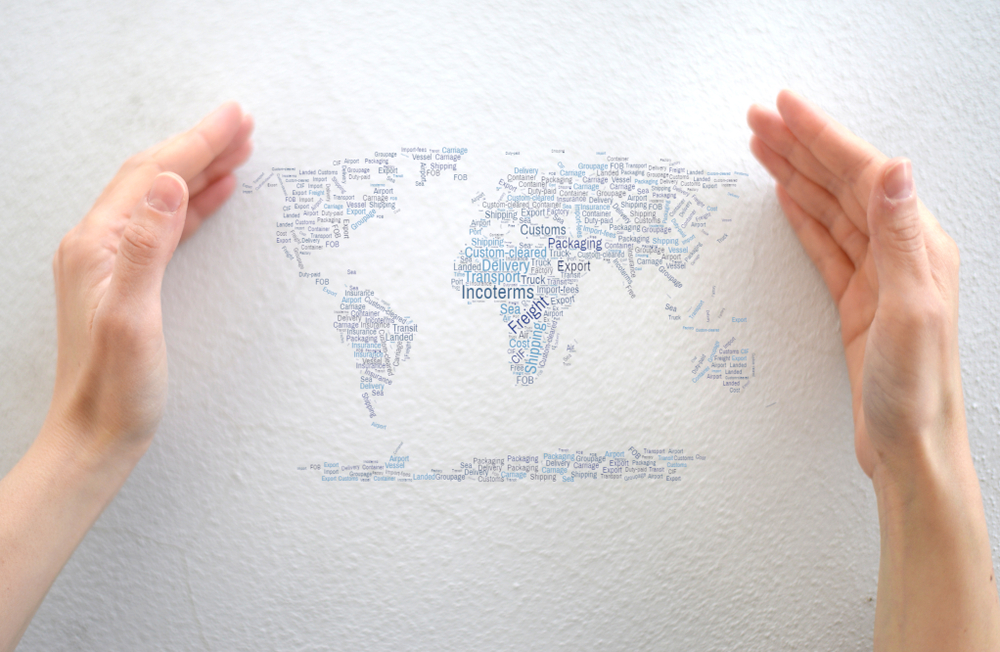
Typical steps from a deal in the electronics trading industry
In the electronics trading industry, a typical deal involves several steps from buying to selling. It implicates various documents used and necessary to ensure smooth transactions. Here is a general outline of how a deal could work:

In a first step
1. Request for quotation (RFQ): A potential buyer sends an RFQ to the seller, requesting a quote for a specific product or products.
2. Quotation: The seller sends a quotation to the buyer. It includes details such as product specifications, prices, lead times, payment terms, and shipping terms.
3. Purchase order (PO): If the buyer agrees to the terms of the quotation, they will issue a PO to the seller. The PO is a formal document that confirms the buyer’s intention to purchase the specified products at the quoted price.
4. Proforma invoice (PI): Upon receiving the PO, the seller will issue a PI to the buyer . The PI is a preliminary invoice that includes the total amount due, product details, the payment terms and the bank details.

In a second step
5. Payment: The buyer will typically make payment by wire transfer (TT*), either before or after the products are shipped.
6. Shipping: The seller will prepare the products for shipment, including packaging, labeling, and arranging for transportation.
7. Shipment notification (SN): The seller will notify the buyer of the shipment details, including the carrier, tracking number, and estimated delivery date.
8. Bill of lading (BL): The carrier will issue a BL, which is a legal document that serves as evidence of shipment and confirms that the products have been received for transport.
9. Delivery: The products are delivered to the buyer, who will inspect them to ensure that they meet the specifications and quality requirements.
10. Invoice: The seller will issue a final invoice to the buyer, which includes the total amount due, any adjustments, and payment terms.
*or other agreed-upon payment method
Throughout the process,
There may be additional documents required, such as quality certificates, customs clearance documents, or product warranties. The specific documents and procedures will vary depending on the products, countries involved, and the terms agreed upon between the buyer and seller.


